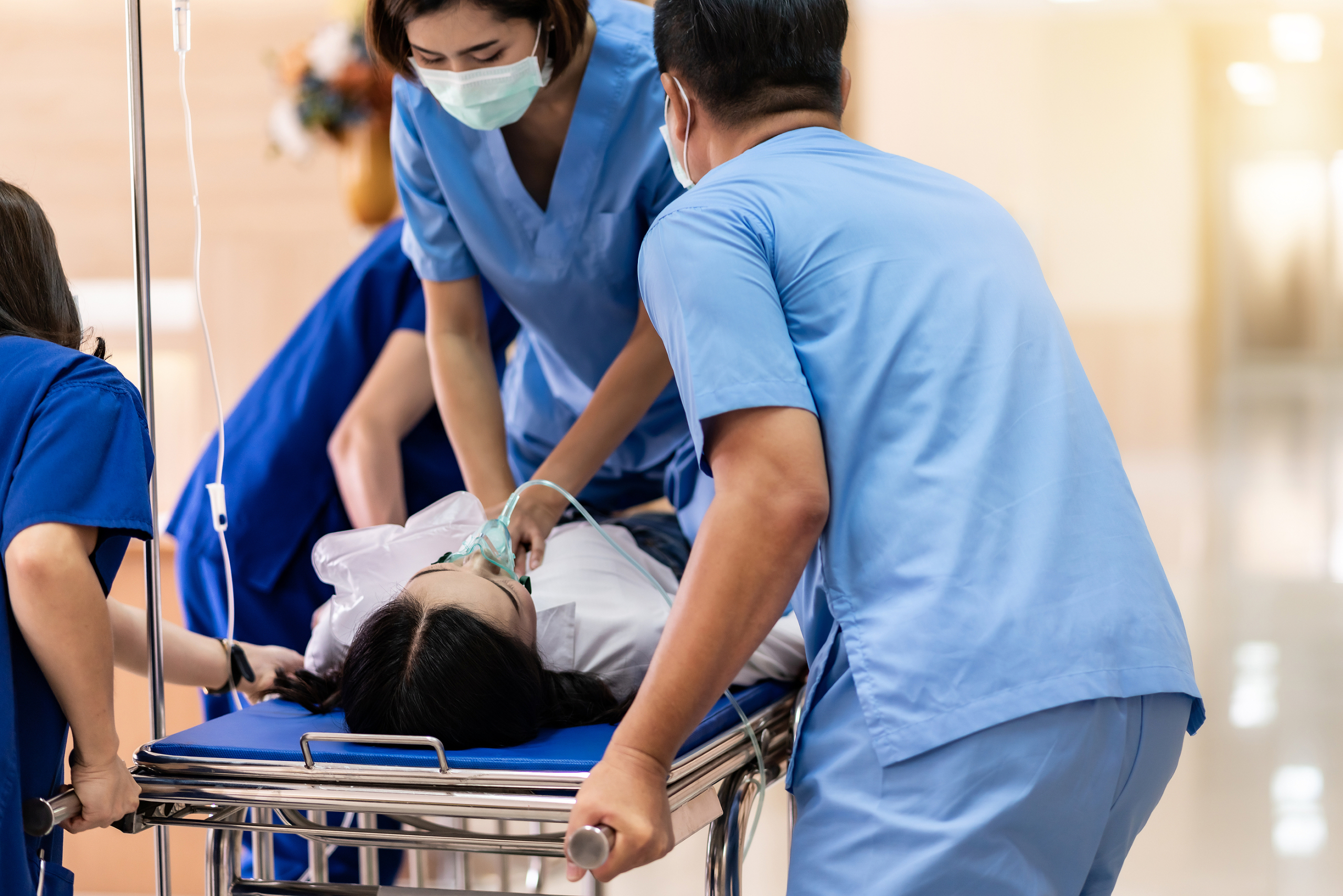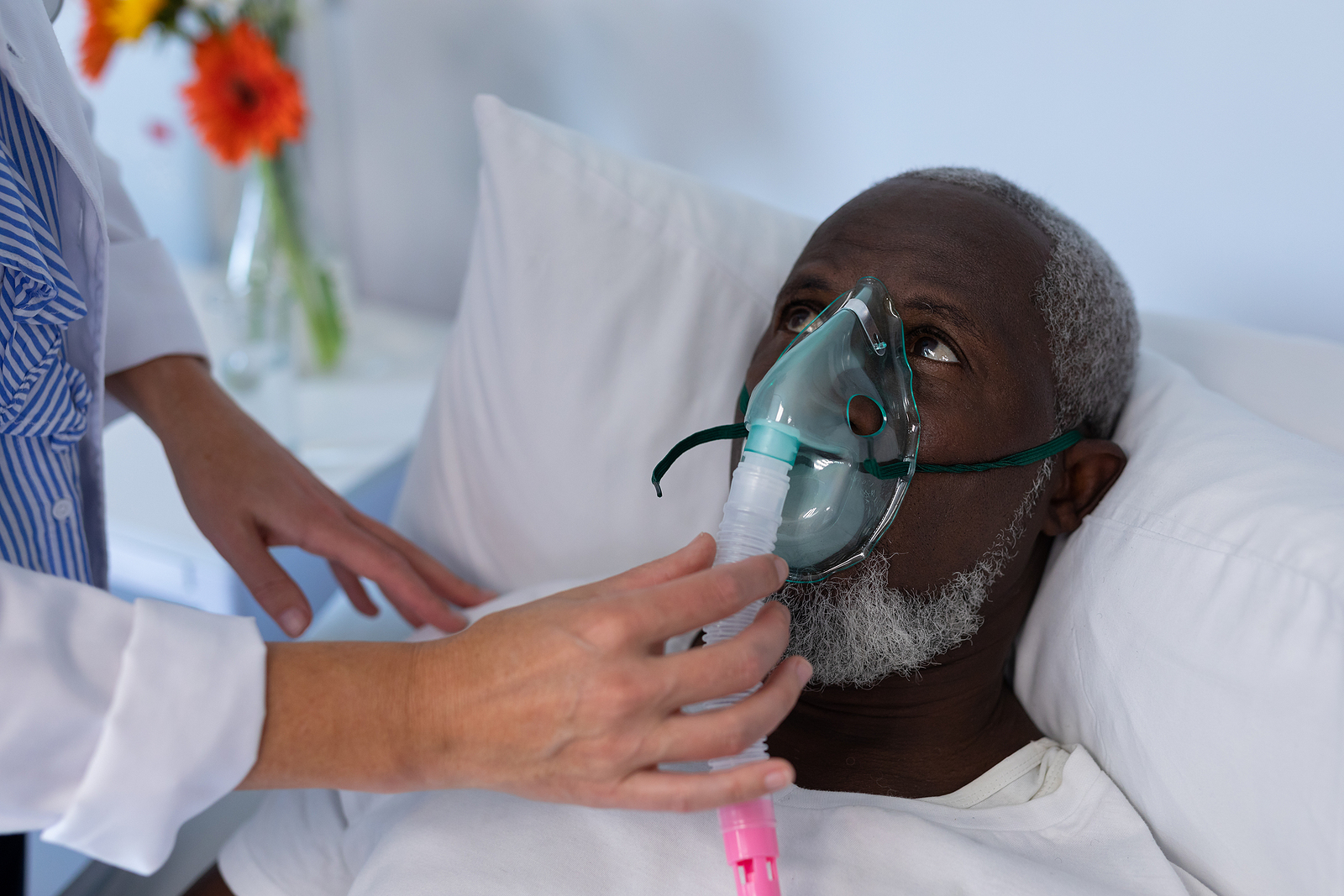Newsletter 2021
Newsletter June 2021: An interview with Prof. Edoardo de Robertis, the elected ESAIC President
Prof. Edoardo De Robertis has been recently elected as the ESAIC incoming President, with a transition to ESAIC President on 1 January 2022.
Let’s get to know him, his ideas, and his projects.
Edoardo, can you briefly describe your background and your roles and involvement in ESAIC?
After the PhD in Clinical Physiology at the University of Lund in Sweden, I have started my academic and professional carrier in Italy at the University of Napoli Federico II, where I have worked in Intensive Care, cultivating my research passion for mechanical ventilation. Then, almost 3 years ago I moved to the University of Perugia where I am now chairing the Training Program and the Section of Anaesthesia, Analgesia and Intensive Care at the University Hospital.
I have been working in ESAIC for many years, I forgot how many. As a member of the scientific subcommittee on emergency, a member and then chair of the guidelines committee, and in the board of directors as EBA-UEMS President. In EBA over the years I have worked on the critical emergency medicine concept and on the competencies needed by the anaesthesiologists, intended as the specialist in anaesthesia and intensive care. During the years I have had the great opportunity to create many connections and to actively participate in the development and signature of the Helsinki declaration of patient safety.
What’s for you the actual role of the anaesthesiologists in Europe?
Well, the SARS-CoV-2 pandemic has highlighted the anaesthesiologists’ central role as a leader in hospital’s organization and decision-making, with responsibility in critically ill patients cares. Moreover, over the last months, we have shown great capacity to adapt.
The knowledge, skills and competencies acquired and developed, fulfilling the European Training Requirement in Anaesthesiology, and our comprehensive approach in treating patients as a whole has allowed us to successfully manage COVID-19 patients throughout: from emergency triage to ICUs, from critical emergency treatment to operating theatres and then recovery. It has been also a matter of involvement, not only the skills. We have assisted patients treated with non-invasive and invasive ventilation in emergency rooms and wards, when necessary; we have promptly intubated them and continued their monitoring, ventilation and extracorporeal organs support as intensivists in ICU’s, often increased in number by transforming PACUs and ORs into ICU beds. We have then followed up with those patients in the sub-intensive care facilities and have delivered pain service treatment and palliative care when appropriate.
As some clinical activities can never be stopped even during a pandemic (obstetric analgesia and anaesthesia, sedation, and emergency surgical care for both COVID and non-COVID patients), anaesthesiologists have played an essential role that cannot be forgotten or overlooked.
Anaesthesia Departments have demonstrated during this pandemic a great capacity to adapt day by day to an evolving situation, converting and expanding ICUs, facilitating the use of locations as PACU or operating theatres, reallocating human resources, and working together with the objective of taking care of whoever needs intensive care, wherever they are. We emphasised the meaning of teamwork by bringing many specialities together all working for the best outcome of the patients illustrating one of the major strengths of Anaesthesiology.
I wish to thank all Anaesthesiologists and the members of staff from different healthcare disciplines who during the SARS-CoV-2 pandemic, have worked in teams above and beyond the call of duty to care for an unprecedentedly large number of very sick patients in hospitals and ICUs throughout Europe.
I strongly believe that all anaesthesiologists in Europe should be proud of our clinical commitment and achievement and also our contribution to the research aimed at a better understanding of this completely new disease.
Working in emergency rooms, operating theatres, ICUs and wards anaesthesiologists have been the backbone of the hospitals, playing a pivotal role in saving many patients lives.
Edoardo, which is your vision for the future of ESAIC?
Considering the anaesthesiologists commitments over the last year it is now more than ever important to further develop the intensive care project and promote, sustain and spread the relevance of our complex specialty increasing ESAIC visibility and influence.
For sure high-quality training and education shall be a must for ESAIC as well as the development and maintenance of what I would call “professional advanced competencies” in all fields of our speciality.
I think it will be important to do a reassessment of the scientific sub-committees, which I see as platforms of aggregation of outstanding researchers, as incubators for innovations, and as a flywheel for the promotion of research and dissemination of knowledge.
But visibility and influence can be amplified by also working hard on research and patient safety.
In my view, ESAIC has enormous potentiality for research. So it is important the endorsement and sustainment of outstanding trials and studies for our young colleagues, as for the recent big data project in which ESAIC is participating with a consortium of several centres, financed with 5.7 million Euros within the European Commission’s Horizon 2020 program. This is a very important project that merits to be expanded for its enormous potentiality for research, technology development, and industry attraction in anaesthesia, ICM, CREM, and pain.
Another aspect that could help the research potentiality is the growth of the A-CRO in the infrastructure of reference for the design and steering of research projects of the anaesthesiologist/intensivist community.
Patient safety is a pillar for our society and it is mandatory the maintenance of the highest standards of quality of care in all fields of our profession by: creating new networks with institutions, societies, and stockholders for a common patient safety approach, and enhancing the already existing ones, such as the European PBM network; a robust and uniform system of examination and certification; more guidelines to enable best practice.
Education and research capacity, together with our commitment to patient safety at the different level are our strengths that can encourage ESAIC finances, creating a virtuous cycle for the benefit of our members.
Note: The Editorial Board of the ESAIC Newsletter congratulates Prof. de Robertis for being elected in this prestigious position and wishes him success in all he would do in the next years for the benefit of our specialty and our Society.
Read our Monthly newsletter.
Read More of our special newsletter covering our virtual congress 2020.
Visit our COVID-19 Resource Hub for other news and resources.











